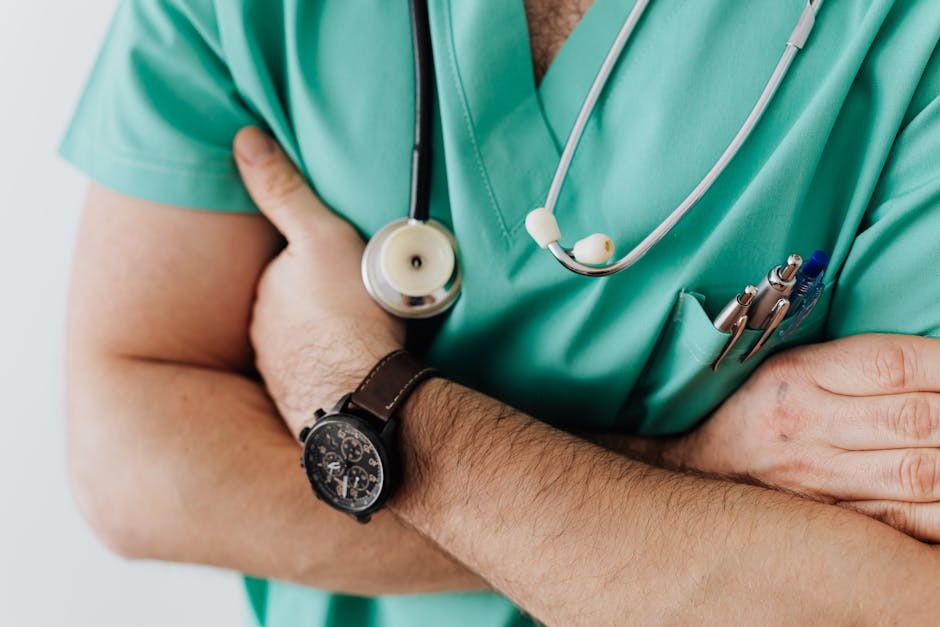Our Blog
From Symptoms to Solutions: Navigating Your Choledochal Cysts Journey
July 13, 2024
Embark on a journey through the complexities of choledochal cysts, exploring the symptoms, diagnostics, surgical solutions, and postoperative care tips. Discover how medical advancements offer hope and healing for those navigating the challenges of this condition.
Understanding the Symptoms of Choledochal Cysts
Choledochal cysts, though rare, can manifest in various ways, affecting the bile ducts and causing potential complications. Symptoms may include abdominal pain, jaundice, nausea, and fever. These signs should prompt further investigation to accurately diagnose and address the underlying issue.
In some cases, choledochal cysts can present asymptomatically, making routine health screenings crucial for early detection and intervention. Understanding the subtle signs and seeking medical advice promptly can lead to timely treatment and better prognosis.
The complexity of choledochal cyst symptoms underscores the importance of proactive healthcare monitoring and a collaborative approach between patients and healthcare providers. By recognizing the warning signs and seeking expert guidance, individuals can navigate their diagnostic journey with more clarity and confidence.
Diagnostic Procedures for Choledochal Cysts
Diagnosing choledochal cysts often involves a combination of imaging tests, blood work, and consultations with specialists. Procedures such as ultrasound, MRI, CT scans, and endoscopic retrograde cholangiopancreatography (ERCP) play key roles in confirming the presence and extent of cystic formations.
Physicians may also recommend liver function tests and biopsies to assess liver health and determine the impact of the cysts on bile flow and organ function. The diagnostic process aims to provide comprehensive insights into the condition, guiding treatment decisions and surgical planning.
Navigating through diagnostic procedures for choledochal cysts requires patience and persistence, as multiple tests may be needed to establish a clear understanding of the cysts’ characteristics and implications. Open communication with healthcare teams is vital to interpreting test results and developing a personalized care plan.
Surgical Options for Treating Choledochal Cysts
Surgical intervention is often necessary to address choledochal cysts and minimize associated risks. Procedures like cyst excision with hepaticojejunostomy or choledochocele resection aim to remove the cystic structures and restore normal bile flow and digestive function.
Minimally invasive techniques, such as laparoscopic surgery, offer reduced recovery times and improved cosmetic outcomes for select patients. Surgical teams collaborate closely to determine the most suitable approach based on the cyst type, location, and individual health considerations.
Recovery and Postoperative Care Tips
After surgical treatment for choledochal cysts, recovery involves close monitoring, pain management, and dietary adjustments to support healing and prevent complications. Patients are advised to follow postoperative care instructions diligently and attend follow-up appointments for evaluation.
Emotional support and lifestyle modifications are integral aspects of postoperative care, enhancing overall well-being and promoting long-term health outcomes. Engaging with support groups and adhering to medical recommendations contribute to a smoother recovery and adjustment to life post-surgery.
Postoperative care tips for choledochal cyst patients emphasize the importance of rest, hydration, balanced nutrition, and gradual physical activity. By prioritizing self-care and being mindful of recovery guidelines, individuals can optimize their healing journey and regain strength and vitality.
Empowering Your Choledochal Cysts Journey
As you navigate your choledochal cysts journey, remember that awareness, timely diagnostics, and informed decisions can lead to effective solutions and improved outcomes. By staying attuned to your body and working closely with medical professionals, you can find the right path towards managing and overcoming the challenges posed by choledochal cysts.
